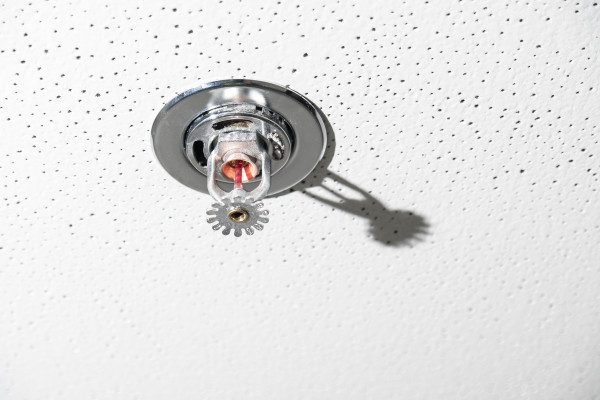FireLite and Sprinkler Systems
The video above shot in February 2018, whilst not a full Hose Stream Test, demonstrates the ability of FireLite to remain structurally stable when doused with cold water. The furnace temperature at test termination was 1050 Degrees Celsius, and water was immediately played onto the exposed face after a 4 hour test duration
Sprinkler systems are important for the suppression of fire, and to keep it in its place of origin, contained and relatively small. They are particularly used to prevent fire spread, limit the development of untenable conditions for firefighters and building occupants, and give time for the fire and rescue service to attend, to extinguish the fire and ensure that the building is safe.
But sprinklers ideally need to work within a compartmented structure, and the effect of cold water on hot glass, especially where there is flooding coverage, can be a major consideration. Standard glass types, including most common fire-resistant glass types, suffer thermal shock cracking and failure due to the impingement of water.
Thermal shock from cold water is not a threat to FireLite, however. And FireLite remains in place even when hot and impacted by water.
Evidence for FireLite’s ability to resist thermal stress comes from its success under the conditions of a US hosestream test and the fundamental thermal expansion characteristics of the ceramic glass and its ability to with standard thermal gradients. (See information sheets on temperature gradient, hosestream test and fire resistance testing).
The stability of FireLite in fire makes it an ideal stable substrate for sprinkler glass walls to act as fire-resistant water curtain barriers, without the restrictions which apply to other glass types on the width and extent of both transom and mullion glazing systems, the total area of such walls and the threat of uneven coverage of water due to other considerations arising from the location.

